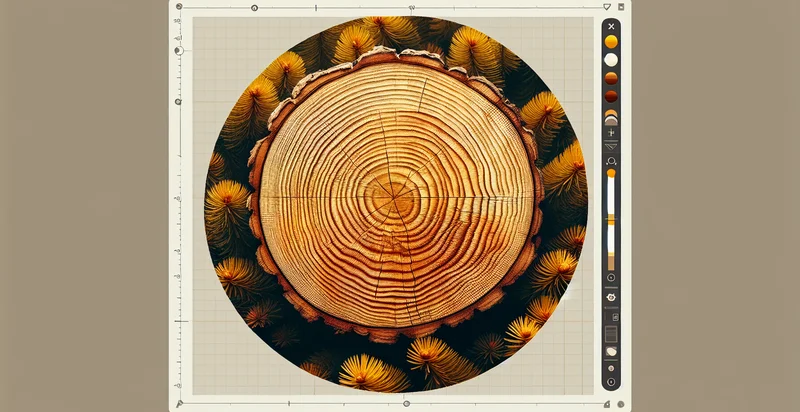Identify if wood is hemlock
using AI
Below is a free classifier to identify if wood is hemlock. Just upload your image, and our AI will predict if the wood is hemlock - in just seconds.

Contact us for API access
Or, use Nyckel to build highly-accurate custom classifiers in just minutes. No PhD required.
Get started
import nyckel
credentials = nyckel.Credentials("YOUR_CLIENT_ID", "YOUR_CLIENT_SECRET")
nyckel.invoke("if-wood-is-hemlock", "your_image_url", credentials)
fetch('https://www.nyckel.com/v1/functions/if-wood-is-hemlock/invoke', {
method: 'POST',
headers: {
'Authorization': 'Bearer ' + 'YOUR_BEARER_TOKEN',
'Content-Type': 'application/json',
},
body: JSON.stringify(
{"data": "your_image_url"}
)
})
.then(response => response.json())
.then(data => console.log(data));
curl -X POST \
-H "Content-Type: application/json" \
-H "Authorization: Bearer YOUR_BEARER_TOKEN" \
-d '{"data": "your_image_url"}' \
https://www.nyckel.com/v1/functions/if-wood-is-hemlock/invoke
How this classifier works
To start, upload your image. Our AI tool will then predict if the wood is hemlock.
This pretrained image model uses a Nyckel-created dataset and has 2 labels, including Is Hemlock and Is Not Hemlock.
We'll also show a confidence score (the higher the number, the more confident the AI model is around if the wood is hemlock).
Whether you're just curious or building if wood is hemlock detection into your application, we hope our classifier proves helpful.
Related Classifiers
Need to identify if wood is hemlock at scale?
Get API or Zapier access to this classifier for free. It's perfect for:
- Timber Industry Quality Control: This function can be used in lumber mills to quickly assess the quality of wood being processed. By identifying whether the wood is hemlock, operators can ensure that the correct species is used in products, thus maintaining quality standards and reducing waste.
- Construction Material Verification: Construction companies can implement this classification function during the sourcing of wood materials. By confirming if the timber is hemlock, they can ensure compliance with project specifications and industry regulations regarding wood types.
- Environmental Conservation Efforts: Conservation organizations can use this function to evaluate wood samples in various ecosystems. By identifying hemlock, they can monitor species-specific impacts, aiding in preserving habitats and informing reforestation strategies.
- Furniture Manufacturing: Furniture manufacturers can integrate this function in their supply chain management to ascertain the type of wood used in production. This ensures that they meet design specifications and branding requirements for high-end wood products, especially those that market hemlock exclusivity.
- Forestry Research: Researchers studying forest biodiversity and health can utilize this identifier in their field studies. By determining the presence of hemlock, they can contribute valuable data to ecological studies and assess the impact of pests or diseases on this specific species.
- Retail Wood Merchandising: Retailers can employ this classification tool in their inventory management systems. By confirming whether their stock includes hemlock, they can accurately inform customers, help them make better purchasing decisions, and increase customer satisfaction.
- Wood Recycling Programs: Recycling facilities can use this function to sort wood waste effectively. By identifying hemlock, they can optimize their recycling processes, ensuring that only suitable materials are processed, thus enhancing sustainability efforts and resource recovery.


